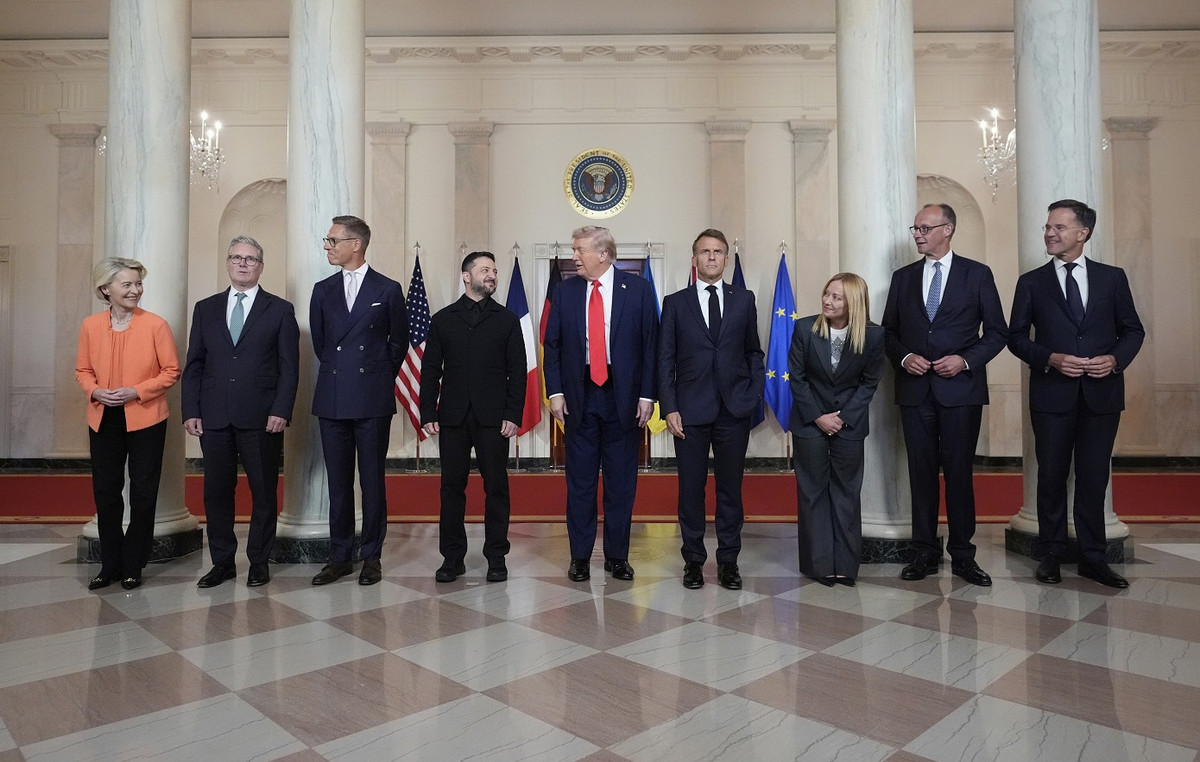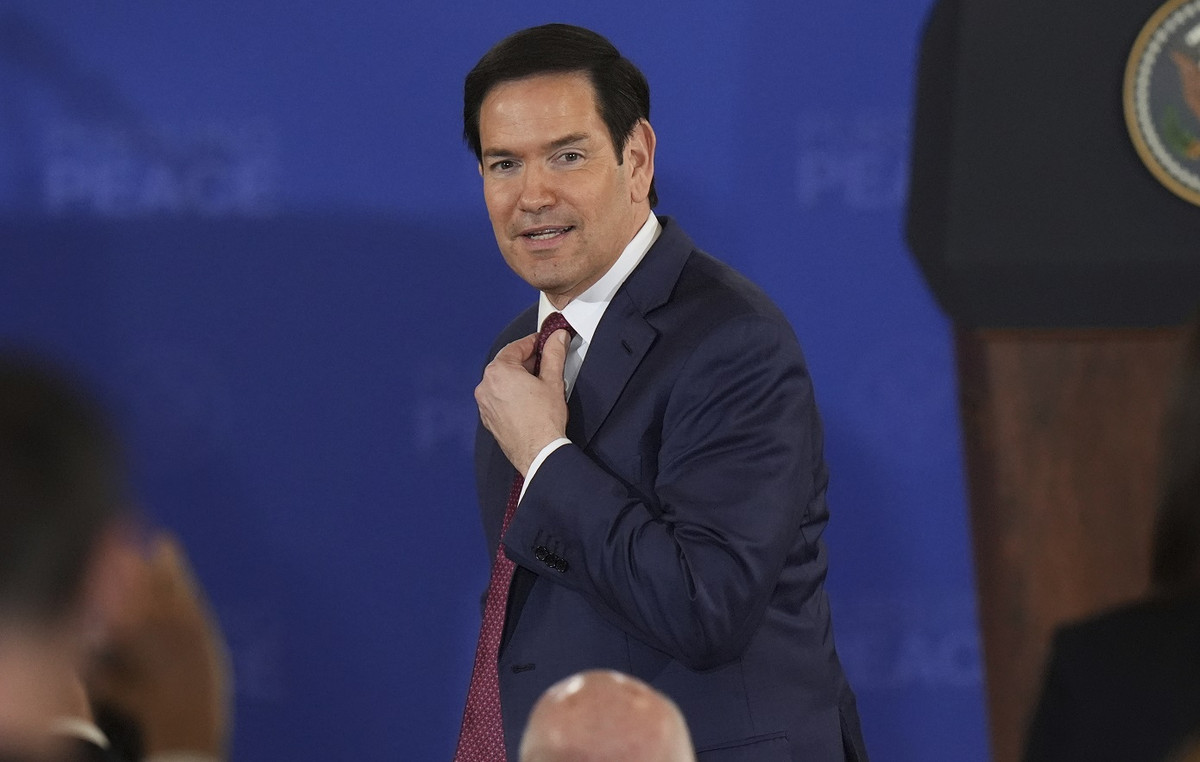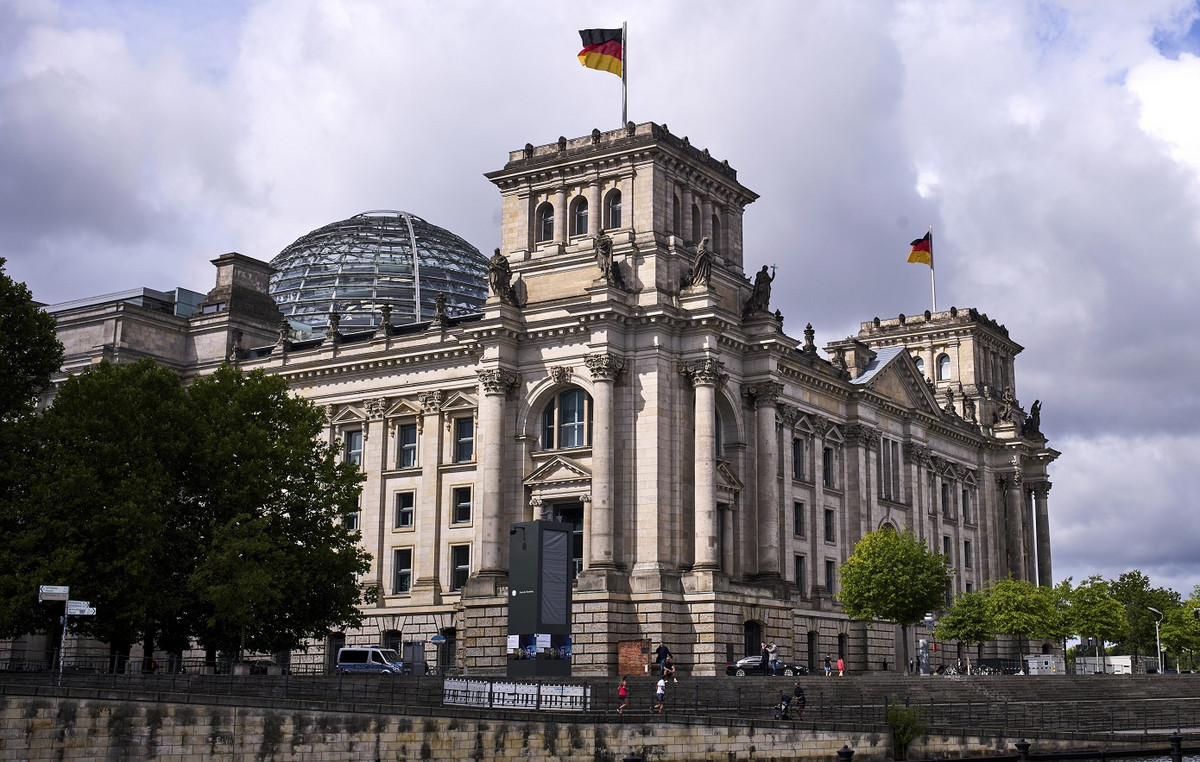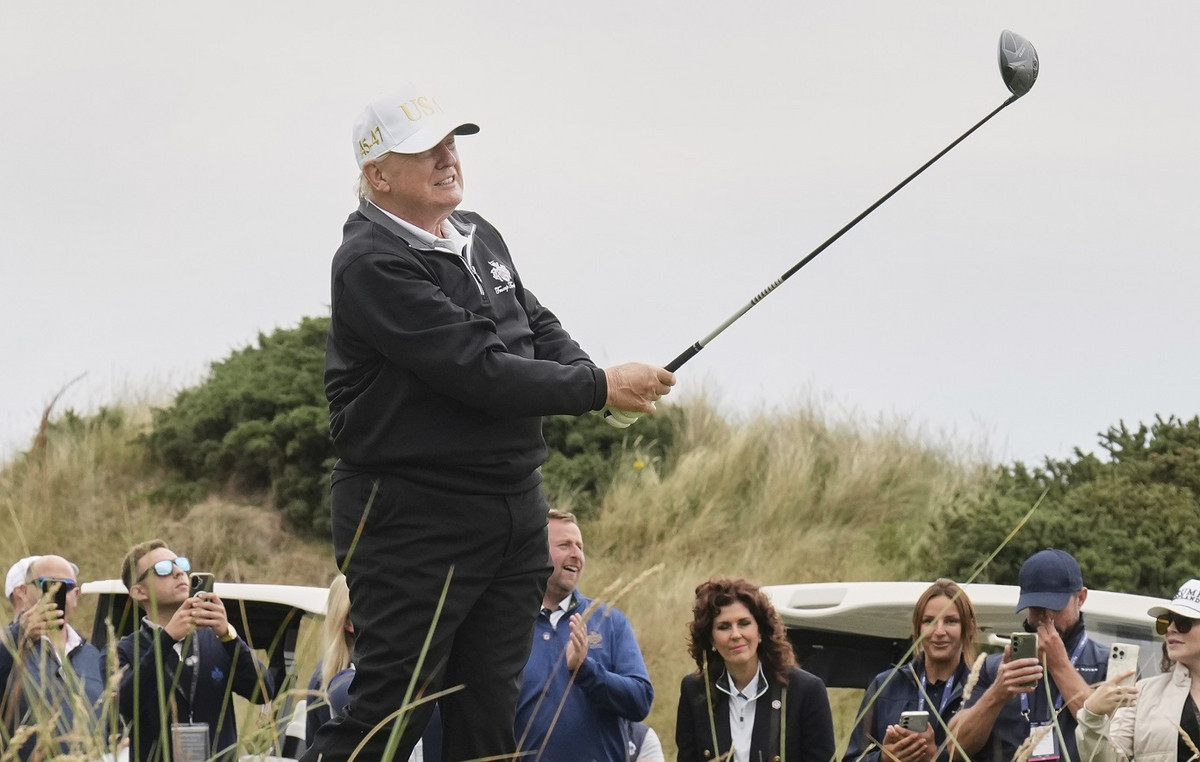When Xi Jinping last set foot in the United States, former President Donald Trump welcomed the Chinese leader to his palm-tree-lined residence in Mar-a-Lago, Florida.
By candlelight, the two leaders bonded over the “most beautiful slice of chocolate cake” and a popular Chinese song sung by Trump’s grandchildren.
Boasting of their “great chemistry,” Trump praised Xi after their first in-person meeting and predicted that “a lot of potentially bad problems would go away.”
More than six years after that honeymoon summit in the Florida resort, the US is preparing to welcome the Chinese leader again, now in a much less intimate environment and with the world’s two largest economies looking more like a suspicious couple in front of them. verge of divorce.
Xi, who will attend the Asia-Pacific Economic Cooperation (APEC) summit in San Francisco and meet with US President Joe Biden outside the meeting, will arrive in a country that has significantly hardened its views against him. Getting tough on China has become a rare rallying point in America’s increasingly polarized politics.
These are mutual feelings.
In Beijing, at the headquarters of the Chinese government, officials who have long suspected US intentions and resented its influence are now certain that the US is indeed on the verge of containing and suppressing China.
A lot happened in the period between Xi’s two visits: a bruising trade war, a global pandemic and a fierce war in Europe. Each of these facts dealt deep blows to the US-China relationship, which deteriorated to its worst level in decades.
What began as a Trump-era fight over trade quickly spread to other areas, such as technology, national security, geopolitics and visions for the global order. These are competitions that have only intensified under the Biden administration.
Relations deteriorated further in August last year, when China’s government cut major communication channels with Washington in retaliation for a high-level US visit to Taiwan.
Attempts to restore dialogue collapsed in February after a suspected Chinese surveillance balloon was shot down over American airspace.
Since then, the US has spent months trying to get around the situation with its biggest strategic rival, even sending four senior government officials to Beijing during a busy summer in the Chinese capital.
Beijing has played calmly.
When Chinese Foreign Minister Wang Yi finally reciprocated with a visit to Washington last month (seen as a hopeful sign for the Xi-Biden summit), he warned Americans that “’the road to San Francisco’ will not be smooth ”.
In addition to the turbulent journey to get to California, the scenario of the meeting is also revealing.

XI lands in the US this week along with more than 20 world leaders for the APEC summit, a much more formal and business-like event than the meeting at Trump’s private residence in 2017.
At that time, the meeting at Mar-a-Lago was aimed at building a personal relationship, as explained by Yun Sun, director of the China program at the Stimson think tank in Washington.
“The relationship between the US and China was not yet tied up,” he said. “When Xi traveled, the Chinese were still hoping for leadership diplomacy and that the two could have a very good relationship.”
XI and Biden have known each other for more than a decade and spent several hours together in the US and China before Biden became president.
As government officials, the two met for the first time last year in Bali, Indonesia, when the G20 summit was taking place.
Diplomacy with a personal touch
Diplomacy with a personal touch has been a central feature of Chinese leaders’ visits to the US.
When diplomatic relations were restored in 1979, American President Jimmy Carter invited China’s supreme leader Deng Xiaoping to a groundbreaking trip to America. From then on, the two leaders established a personal relationship.
In his personal diary, Carter described Deng as “shrewd, tough, intelligent, frank, courageous, self-confident, friendly,” calling his visit “one of the pleasant experiences of my presidency.”
During that trip, the Chinese communist leader donned a huge cowboy hat at a Texas rodeo in front of a cheering crowd – a moment that captured the imagination of the American people.
Deng’s successor, Jiang Zemin, known for his strong personality and many musical talents, surprised the American hosts several times by performing improvised songs and dances.
On his first visit to the US in 1997 (the first by a Chinese leader after the Tiananmen Square massacre), Jiang softened his image by singing Peking opera arias at a gala banquet in California and playing the ukulele at a dinner in Hawaii.
Five years later, President George W. Bush invited Jiang to his Texas ranch before the two attended the APEC summit in Mexico.
That personal approach came into play again when Xi met President Barack Obama in 2013, months after taking the helm of China.
At Sunnylands, a lush California desert retreat, the two leaders chatted and smiled as they strolled along a manicured field and over a small bridge.
In keeping with the informal atmosphere, they left their ties and suits behind. At the end of the summit, Obama declared that the visit had been “fantastic”.
The friendly walk in Sunnylands also inspired the famous meme that compared Xi to Winnie the Pooh after photos superimposed Xi and Obama with the honey-loving bear and friend Tigger, a satire that became famous on Chinese social media.
As a result, the cartoon became the target of censorship in China.
Sun, the Stimson Center expert, said the kind of personal diplomacy between top leaders was considered very important in forming and consolidating bilateral ties.
“But I think we are past that phase. I can hardly imagine that Biden will invite Xi Jinping to his private residence”, said the expert.
“San Francisco is going to be very business-oriented. And it will be very official.”
Increased disillusionment
A few years into Xi’s presidency, American officials began to realize that they could not always count on the Chinese leader’s promises made during moments of personal diplomacy.
A serious point was a 2015 pledge by Xi, during a US state visit, that he would not “pursue the militarization” of the South China Sea, an oath that contrasted sharply with what happened later.
“The four years of the Obama administration really took a huge toll on U.S. confidence in China’s behavior under Xi,” Sun said.
It was notable that Xi’s visit to Mar-a-Lago took place within three months of Trump’s inauguration.
“Xi wanted to establish a good relationship with Trump at an early stage in order to maintain it,” commented Suisheng Zhao, director of the Center for China-US Cooperation at the University of Denver.
“But Trump is a totally different person.”
Within months, Trump accused China of doing “NOTHING” to stop North Korea’s pursuit of nuclear weapons and shortly thereafter began the trade war.
“Now, we’ve reached a point where both sides have been badly damaged in trust, and both are discovering that their national interests don’t fundamentally align,” Sun said.
Farms in Iowa
This week’s visit will be Xi’s fifth trip to the United States as leader of China, and his tenth to the United States.
Xi’s first visit took place in 1985, when he was 31, in what is believed to have been his first trip outside China.
At the time, the little-known, fresh-faced official served as party chief of an impoverished county in the central province of Henan.
He led a five-man agricultural delegation to learn about farming and ranching practices in Iowa, where he visited farms, picnicked on a Mississippi River cruise, and stayed in the home of an American family.
As part of the trip, Xi also stopped in San Francisco and posed for a photo in front of the iconic Golden Gate Bridge.
In the following decades, Xi visited the US four more times until he took power in late 2012.
Before bilateral relations took a sharp turn for the worse, official Chinese propaganda often promoted these visits as an example of the deep and enduring friendship between the US and China.
Experts say it is difficult to know whether Xi’s early visits to the US may have affected his views of the country.
Zhao, the University of Denver scholar, said Xi’s personal experience will likely have a very superficial impact. “It could have affected his thinking if he was an ordinary person and not the strong leader he is today,” he said.
Sun said that although Xi has tried to carve out the image of a great power statesman, he is “primarily a politician focused on national issues.”
“I don’t know whether Xi Jinping’s previous visits to the United States have had a major impact on his foreign policy. I think his foreign policy style is decided by his domestic political style, which is: “I am the Emperor and I decide everything.”
CNN’s Simone McCarthy contributed to this report.
Source: CNN Brasil
Bruce Belcher is a seasoned author with over 5 years of experience in world news. He writes for online news websites and provides in-depth analysis on the world stock market. Bruce is known for his insightful perspectives and commitment to keeping the public informed.







